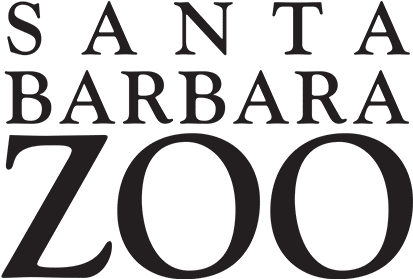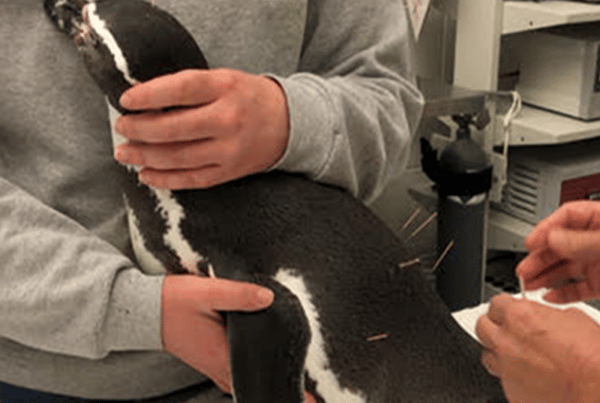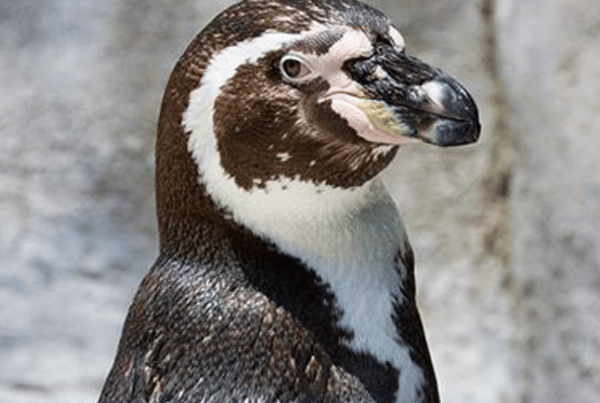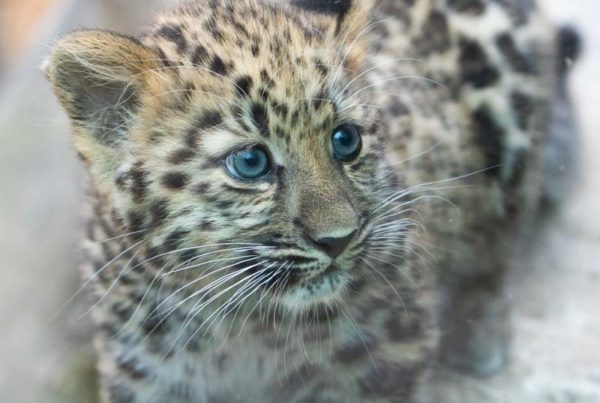by Dorian Edwards, Santa Barbara Zoo
The Western snowy plover is a shorebird that lives along the Western coast of North America. With legs that carry them at what appears to be hyperspeed, they are often observed searching through soft sand, dried kelp, or dune vegetation for small invertebrates. You can recognize adult birds by their white, pronounced belly, brown to gray wing and head feathers, and a relatively defined eyebrow line, or supercilium.
This petite avian species nests along the tidal waters of the Pacific Ocean, reaching as far north as Damon Point, Washington and as far south as Baja California, Mexico. A classic fixture of these beaches, they are listed as “Threatened” under the Endangered Species Act. With a drastic decline in all of California, Washington, and Oregon, the population has seen a 40-60% decrease in breeding sites over the past 15 years. This decrease is largely due to degradation of ecosystems by human development and activities, such as walking, running, off-leash pets, vehicles, and horseback riding.
In 2014, Rachel Ritchason, then a bird curator at the Santa Barbara Zoo, was approached by a Monterey Bay Aquarium curator who suggested the Zoo become a Central Coast participant in the Western snowy plover conservation effort. Rachel realized the program was feasible and began her journey leading the efforts through the Santa Barbara Zoo. While waiting a year for permits to allow the team to retrieve abandoned eggs, Rachel and other Zoo staff spent time learning the intricacies of raising plover chicks.
The first year of the program saw the release of two plovers while just five years later, in 2019, the Zoo released 24 birds back into their natural habitat. As a result of this growth, the Zoo decided to invest in its very own incubation room and flight pen. Unfortunately, as the whole world seemed to be on pause in 2020, the room saw no use until the beginning of this year. But with Rachel’s leadership and the determination of dedicated Zoo staff, the room is now alive with the sound of plovers at every stage of development. At the halfway point of the 2021 season, the Zoo has helped to release almost as many plovers as were released in the entire season of 2019.
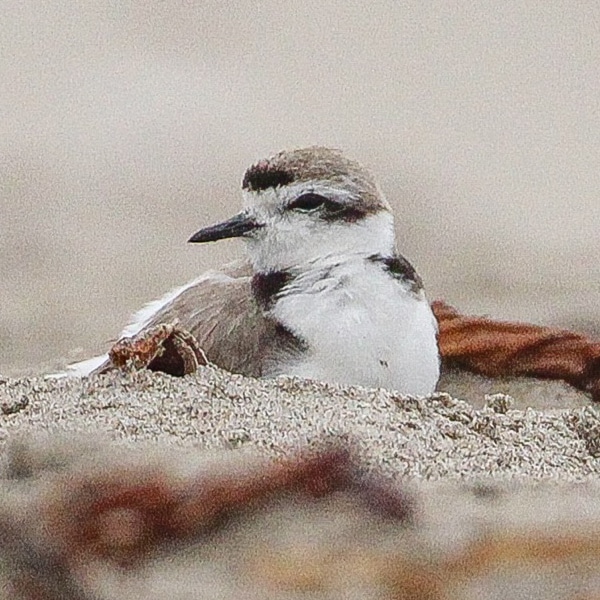
The incubation room is a magical place, nestled behind the scenes of the Zoo in a small building which houses these tiny, adorable creatures. You can walk down a flight of stairs, step your boots into a small footbath of sanitizer, then open the door to a room of both technology and nature. Lights whir and machines rotate small, speckled eggs while the high-pitched chirps of Western snowy plover chicks ring throughout the room. Like cotton balls on toothpicks, they hurry around temperature-controlled spaces, asserting their new existence to anyone who might be listening.
In this space, Rachel and 12 staff monitor and care for abandoned eggs and chicks found on Central Coast beaches. Eggs are incubated, monitored for readiness, and even repaired if necessary. After hatching, the chicks are placed into temperature-controlled spaces until their health and weight determine they can be transferred to a flight pen where the more mature birds acclimate to the weather and learn to hunt in the sand and kelp.
“The Santa Barbara Zoo is dedicated to the conservation of local species and this program fits perfectly into the organization’s mission,” says Rachel. Before each bird is released back into the wild, they are banded. The colorful anklets, which look like leg warmers on the plovers, help researchers from partner institutions to track the distribution, lifespan, reproduction, and pressures affecting wild populations. These observations are important since according to Rachel, “the best way to know how successful our efforts are is to track the birds once they are released.”
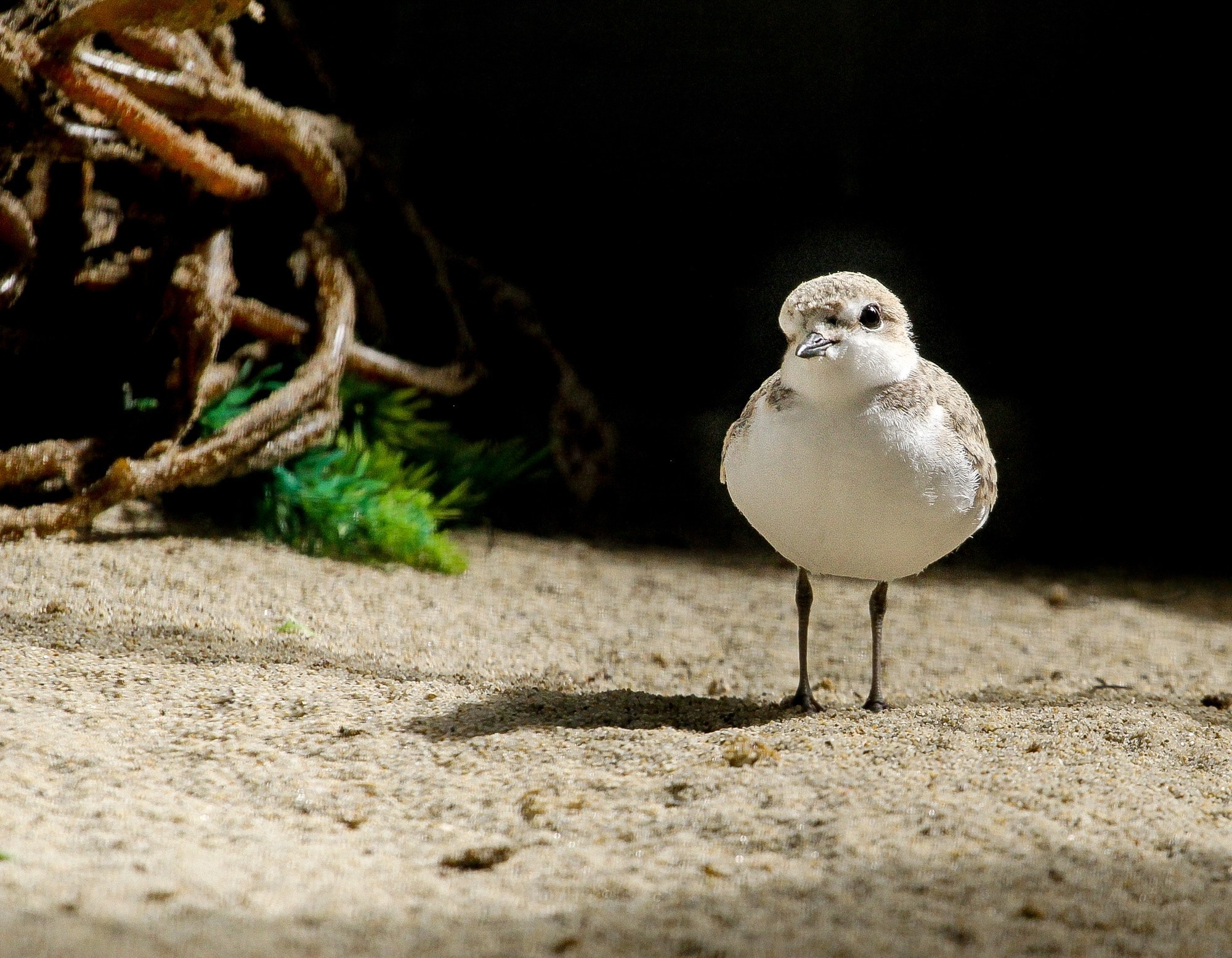
While organizations up and down the coast are making great contributions to the recovery of this native species, here are a few things you can do to help their efforts:
- Find out which beaches Western snowy plovers inhabit and do your best to take your pets or vehicles to different ones.
- When at snowy plover inhabited beaches, spend most of your time in the wet, hard-packed sand since the birds use this part less than the upper beach.
- Don’t leave trash behind. Trash attracts crows and small mammals, which prey on snowy plover eggs and chicks.
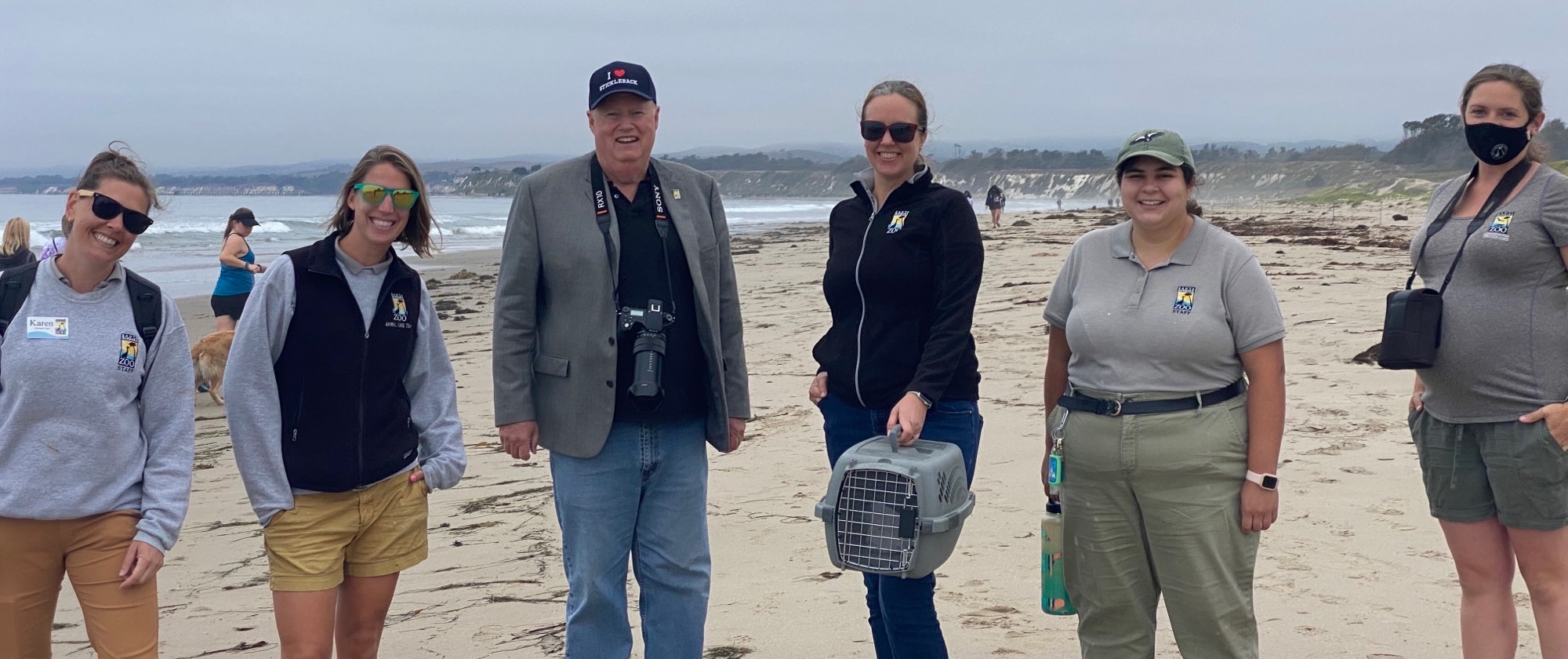
The Zoo Team on the July 19, 2021 release: (L-R) Karen Wylie, Kristen Wieners, Rich Block, Rachel Ritchason, Maureen Morlock, and Nadya Seal Faith

